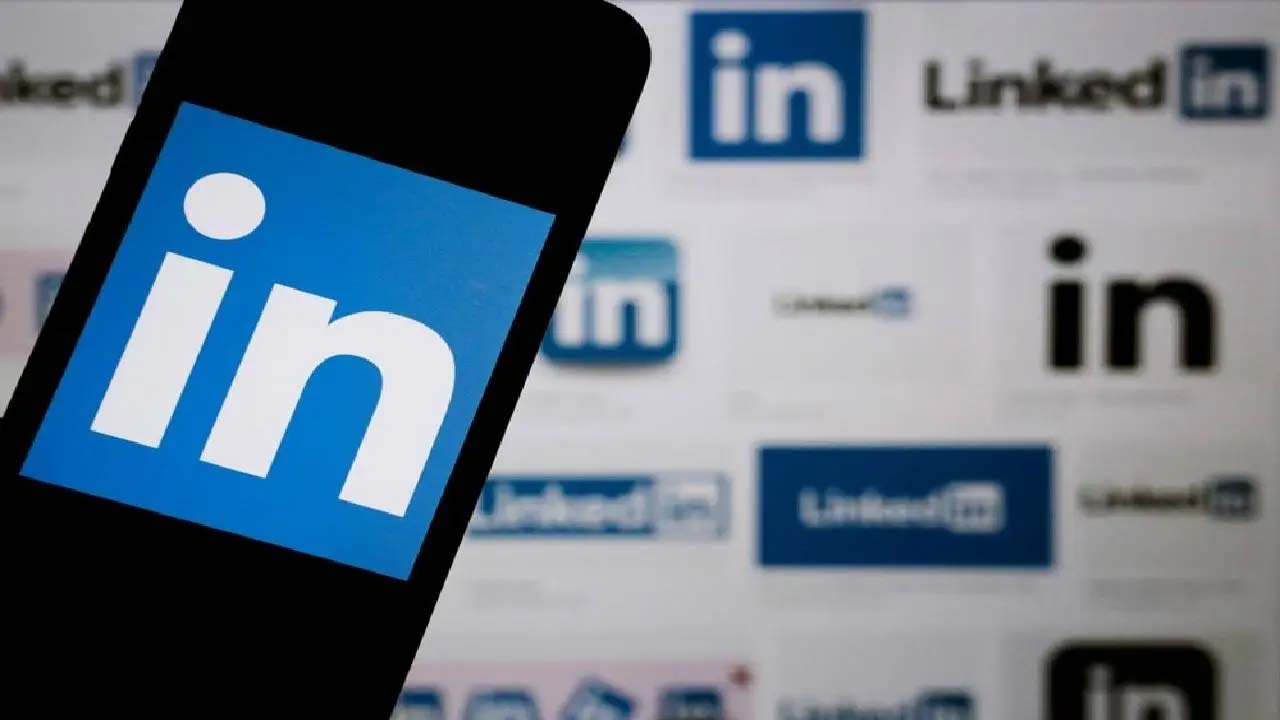Huge research involving the world’s largest universities and LinkedIn revealed who you should contact first when looking for a job. Your close friends were not the answer to this question.
Tens of millions of people around the world continue to look for a suitable job opportunity to earn a living and reach their desired career point. Well, what can help you the most in your job search, Who are the people who will eventually get you a job?
Here’s a new study of more than 20 million people, looking for the answer to that question. Of course, the answer to the question was not an answer to be named. scientists, more job search through many acquaintances and friends It showed that it would give good results. The result was contrary to your expectation.
First, let’s look at the theory that will help us in the research:
The research draws on a theory introduced by the American sociologist Mark Granovetter in 1973. Granovetter,strength of weak ties“The stronger the bond between two individuals, the more overlapping friendship networks will be,” he said. More generally, this is a close friend’s you probably know all their friendsbut meant that you might know a lot fewer friends of someone you know less.
Pouring this into the business world, if you’re in theory looking for a job, you’re probably You will already know everything your close circle has to offer you. But your job prospects may be higher with opportunities not from your immediate family but from weak ties, that is, from people you only know very little about. So, is this theory really reflected in the business world?
So how was the research done?

Researchers from LinkedIn, Harvard Business School, Stanford University, and the Massachusetts Institute of Technology set out to find evidence of how weak ties affect job seeking. in research LinkedIn’s ‘People You May Know’ algorithm was used and the algorithm also became a testing tool.
LinkedIn, which regularly updates this algorithm, has now started testing the relationship between strong ties (close friends) and weak ties (acquaintances) in one update. From worldwide participating in A/B testing on the platform more than 20 million people was observed. Users were divided into groups and each group was shown different new communication suggestions. Thus, users in some groups formed stronger bonds, while those in other groups formed weaker bonds.
The next step was to measure how many jobs were applied for and how many ‘job transfers’ occurred in each group in total. Job transfer was a particularly interesting area as it was finding a different job at the same company. This title is the thanks to a new person he met It showed that he had moved on to a different job.
Three important conclusions were reached:

- LinkedIn’s recommendation engine significantly shapes connection generation. Users who were recommended weaker links created weaker links by adapting to the engine. The situation was parallel in those who suggested a strong bond.
- “Acquaintances with 10 mutual friends and whom you rarely interact with”moderately weak bond” group on presenting a new employer to a job seeker. more effective found. Moreover, the difference is relative to the strong bond. It was almost twice as much.
- The strength of weak ties varied by industry. Weak ties increased business mobility in digital sectors, while strong ties worked in less digital sectors.
While these three results show that the strength of ties depends on the industry, on average, when looking for a job, first, not your closest ones. again, you need to turn to people with whom you have an acquaintance, but with whom you do not interact much. showed.
Looking for jobs? Visit Jooble.
